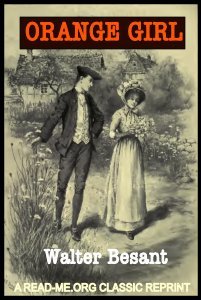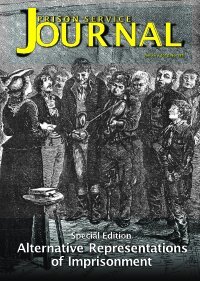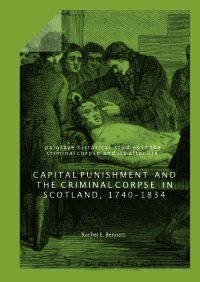By H. M. Fogle. Intrdosction by Graeme Newman
At once a chronicle and a funeral dirge, The Palace of Death stands as a haunting testament to early twentieth-century American penal culture. Published in 1909 by an Ohio penitentiary official, H. M. Fogle's volume compiles 59 firsthand accounts of incarceration and execution—each rendered with chilling precision and accompanied by stark photographic documentation. The period covers the execution by hanging and the transition to the electric chair, all in considerable detail. These narratives propel the reader through the twilight of life, revealing how society confronts its most extreme judgments. Yet, behind the factual veneer lies a provocative tension: does Fogle intend to expose the tragedy of fallen humanity, or to feed a voyeuristic appetite for death? In this liminal space between documentation and spectacle, the work demands not only attention, but moral inventory.
Read-Me.Org Inc. New York-Philadelphia-Australia. 2025. p.229.





















